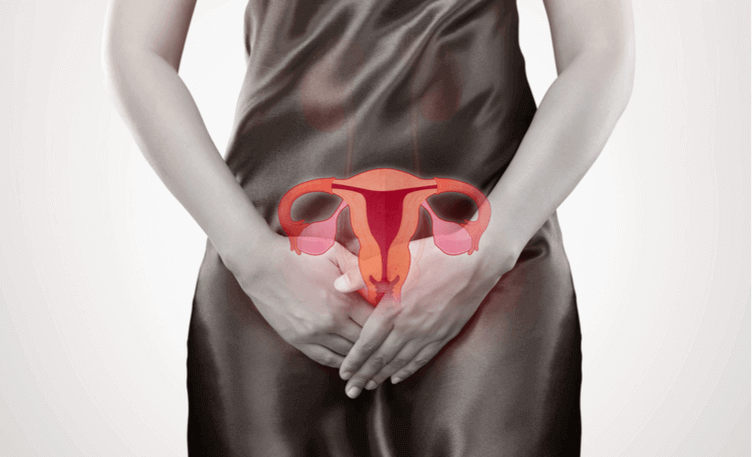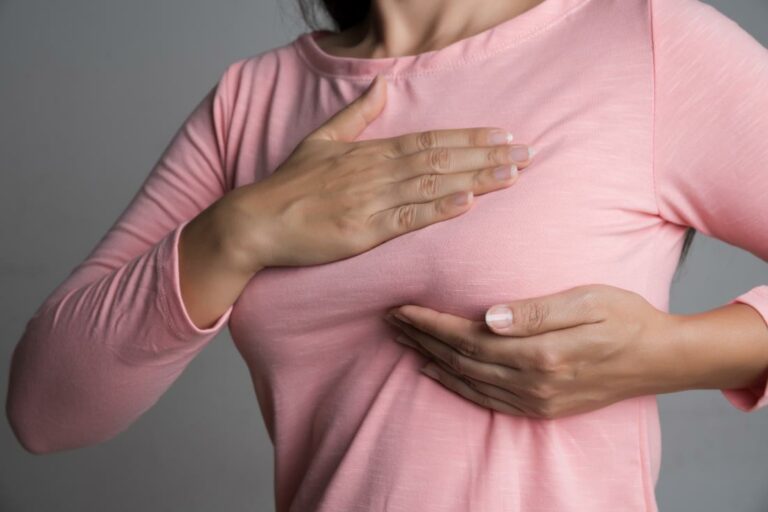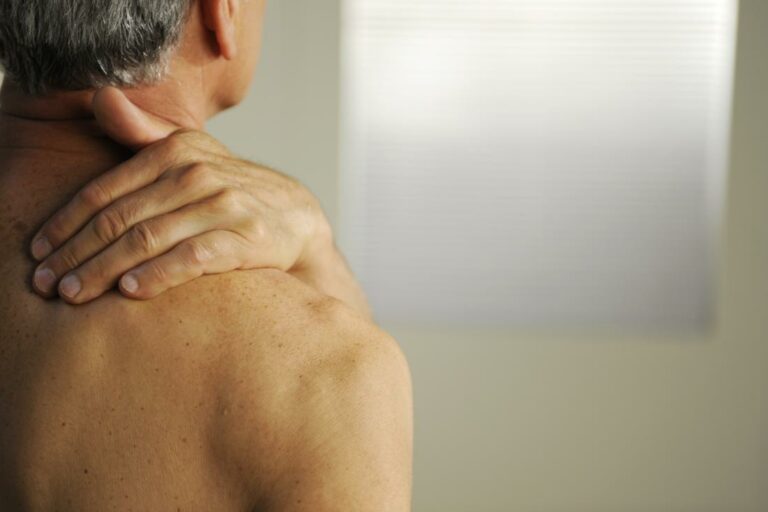Reproductive System: Male and Female
Author: Giselle Robel
Giselle Robel
Category: Health
Reproductive System is the organs that involve in producing offspring.
In women, this system includes the ovaries, the Fallopian tubes, the uterus, the cervix, and the vagina.
Whereas in men, it includes the prostate, the testes, and the penis.
The major function of the reproductive system is to ensure the survival of the species.
The other systems in the body, such as the endocrine and urinary systems, work continuously to maintain homeostasis for the survival of the individual.
An individual may live a long, healthy, and happy life without producing offspring, but if the species is to continue, at least some individuals must produce offspring.
In the meanwhile within the context of producing offspring, the reproductive system has four functions:
- First is to produce eggs and sperm cells
- Second is to transport and sustain these cells
- Third is to nurture the developing offspring
- And lastly, produce hormones
These functions are divided between the primary and secondary, or accessory, reproductive organs.
The primary reproductive organs, or gonads, consist of the ovaries and testes.
These organs are responsible for producing the egg and sperm cells, gametes), and hormones.
These hormones function in the maturation of the reproductive system.
The development of sexual characteristics, and regulation of the normal physiology of the reproductive system.
These structures, transport and sustain the gametes and nurture the developing offspring.

Female Reproductive
Anatomy of the female reproductive system.
The organs in the female reproductive system include the uterus, ovaries, Fallopian tubes, cervix, and vagina.
The uterus has a muscular outer layer called the myometrium.
And an inner lining called the endometrium.
This organ produces and sustains the female sex cells (egg cells or ova), transports these cells to a site.
Where they may be fertilized by sperm, provide a favorable environment for the developing fetus.
Move the fetus to the outside at the end of the development period, and produce the female sex hormones.
The female reproductive system includes the ovaries, Fallopian tubes, uterus, vagina, accessory glands, and external genital organs.

Male
Anatomy of the male reproductive and urinary systems showing the prostate, testicles, bladder, and other organs.
Just like that of the female, consists of those organs whose function is to produce a new individual, i.e., to accomplish reproduction. This system consists of a pair of testes and a network of excretory ducts (epididymis, ductus deferens (vas deferens), and ejaculatory ducts), seminal vesicles, the prostate, the bulbourethral glands, and the penis.













